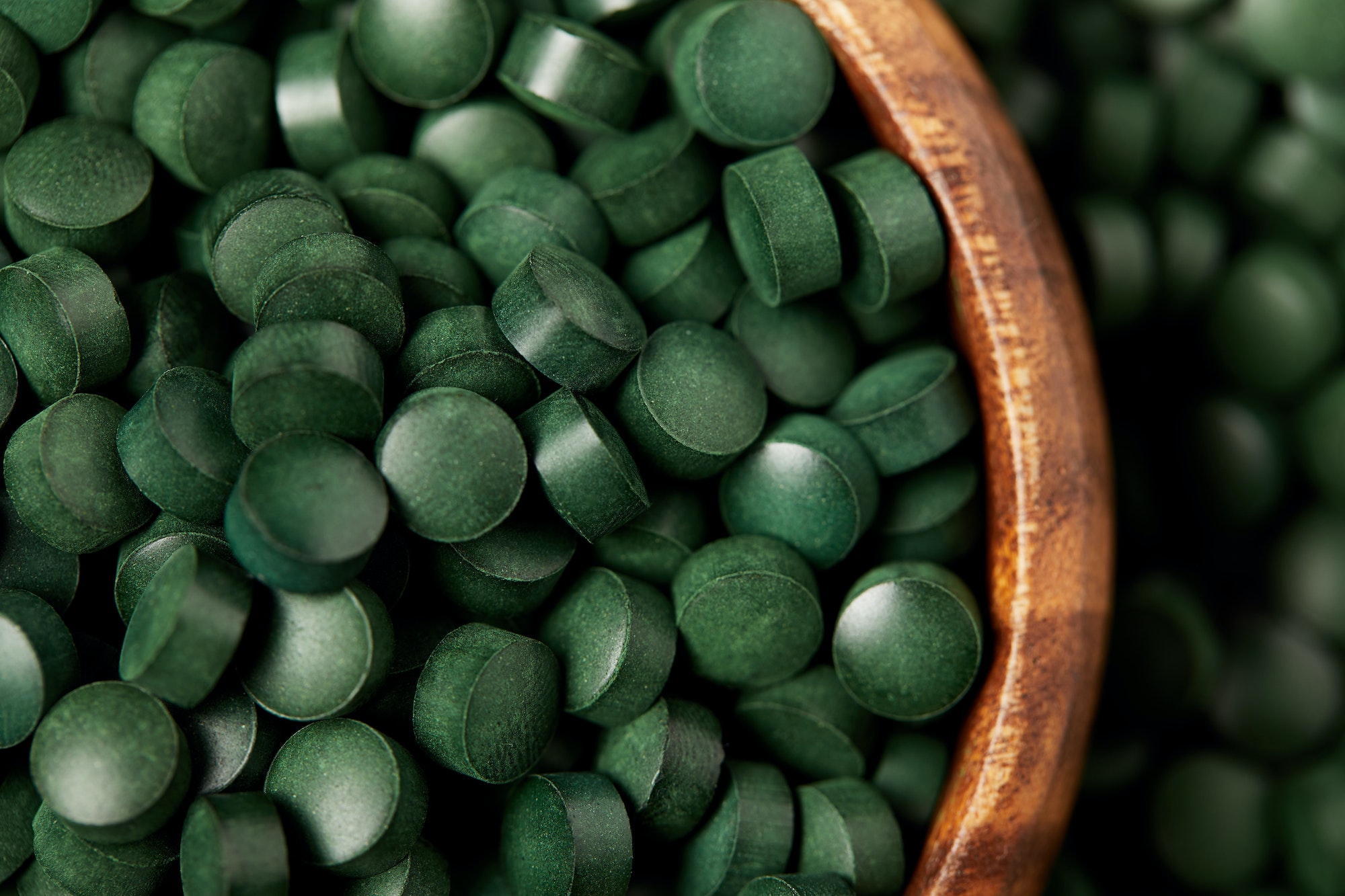Algae biomass has gained significant attention in recent years due to its potential applications in various sectors, including biofuels, pharmaceuticals, and nutraceuticals. Photobioreactors (PBRs) are closed systems that provide a controlled environment for the growth of microalgae, optimizing their productivity and enabling the production of high-value bioproducts. This article will discuss the application of algae biomass from photobioreactors and how utilizing these systems can improve growth and productivity.
Applications of Algae Biomass from Photobioreactors
There are several applications for algae biomass produced in photobioreactors, including:
- Biofuels: Microalgae can be used to produce biofuels such as biodiesel, bioethanol, and biogas. The high lipid content of certain species makes them an ideal feedstock for biodiesel production. Additionally, microalgae have a much higher growth rate than terrestrial plants, allowing for greater biomass production per unit area.
- Pharmaceuticals: Algae biomass contains various bioactive compounds with potential pharmaceutical applications. For example, some microalgae species produce antimicrobial peptides that can be used to develop new antibiotics. Other compounds found in algae, such as carotenoids and polyunsaturated fatty acids (PUFAs), have been linked to numerous health benefits.
- Nutraceuticals: Algae-derived products can be used as dietary supplements due to their high content of essential nutrients such as proteins, vitamins, and minerals. Spirulina and Chlorella are two popular examples of microalgae used as nutraceuticals.
- Cosmetics: Algae extracts have been used in cosmetic products due to their antioxidant, anti-inflammatory, and moisturizing properties. Some algae species also produce compounds that protect against UV radiation, making them suitable for use in sunscreens.
- Animal feed: Microalgae can be used as a sustainable alternative to traditional animal feed ingredients. They are rich in proteins and essential amino acids, making them suitable for use in aquaculture, poultry, and livestock feed.
Utilizing Algae Photobioreactors for Improved Growth and Productivity
Photobioreactors offer several advantages over traditional open pond systems for algae cultivation:
- Controlled environment: PBRs provide a controlled environment that allows for the optimization of growth conditions, such as temperature, light intensity, and nutrient availability. This results in higher biomass productivity compared to open pond systems.
- Reduced contamination: The closed nature of PBRs minimizes the risk of contamination from other microorganisms, which can outcompete algae for resources and negatively impact biomass production.
- Greater biomass quality: The controlled conditions within PBRs result in more consistent biomass quality, with higher levels of desired compounds such as lipids, proteins, or bioactive molecules.
- Water and nutrient use efficiency: PBRs allow for better control over water and nutrient inputs compared to open pond systems, reducing waste and improving resource use efficiency.
- Scalability: PBRs can be easily scaled up from laboratory-scale to industrial-scale production, allowing for the development of large-scale algae bioproduct facilities.
Despite these advantages, photobioreactors also have some drawbacks, such as higher capital and operating costs compared to open pond systems. However, the improved productivity and potential for high-value bioproduct production may offset these costs in the long run.
In conclusion, algae biomass from photobioreactors has numerous applications in various industries, including biofuels, pharmaceuticals, nutraceuticals, cosmetics, and animal feed. Utilizing photobioreactors for algae cultivation offers several benefits over traditional open pond systems, such as improved growth conditions, reduced contamination risks, greater biomass quality, and better resource use efficiency. As research and development continue in this field, the potential for algae bioproducts to contribute to a sustainable future becomes increasingly promising.


